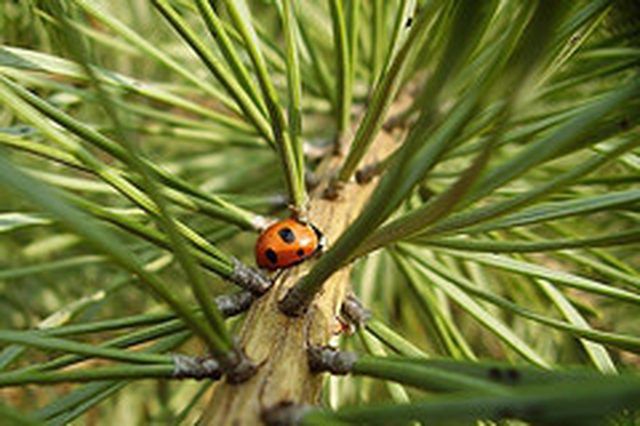Bulbs
Flower Basics
Flower Beds & Specialty Gardens
Flower Garden
Garden Furniture
Garden Gnomes
Garden Seeds
Garden Sheds
Garden Statues
Garden Tools & Supplies
Gardening Basics
Green & Organic
Groundcovers & Vines
Growing Annuals
Growing Basil
Growing Beans
Growing Berries
Growing Blueberries
Growing Cactus
Growing Corn
Growing Cotton
Growing Edibles
Growing Flowers
Growing Garlic
Growing Grapes
Growing Grass
Growing Herbs
Growing Jasmine
Growing Mint
Growing Mushrooms
Orchids
Growing Peanuts
Growing Perennials
Growing Plants
Growing Rosemary
Growing Roses
Growing Strawberries
Growing Sunflowers
Growing Thyme
Growing Tomatoes
Growing Tulips
Growing Vegetables
Herb Basics
Herb Garden
Indoor Growing
Landscaping Basics
Landscaping Patios
Landscaping Plants
Landscaping Shrubs
Landscaping Trees
Landscaping Walks & Pathways
Lawn Basics
Lawn Maintenance
Lawn Mowers
Lawn Ornaments
Lawn Planting
Lawn Tools
Outdoor Growing
Overall Landscape Planning
Pests, Weeds & Problems
Plant Basics
Rock Garden
Rose Garden
Shrubs
Soil
Specialty Gardens
Trees
Vegetable Garden
Yard Maintenance
How to Plant a Pine Tree
How to Plant a Pine Tree. The pine tree is in the evergreen family, which means it doesn’t lose its needles (leaves) as deciduous trees. Therefore, placement of a pine tree must be considered for year-round aesthetics. If you love to view snow capped mountains in the winter time, you won’t want to plant your pine tree, considering its...

The pine tree is in the evergreen family, which means it doesn’t lose its needles (leaves) as deciduous trees. Therefore, placement of a pine tree must be considered for year-round aesthetics. If you love to view snow capped mountains in the winter time, you won’t want to plant your pine tree, considering its mature height, in a way that might obstruct that view. Other considerations when planting might be the width of the mature variety that you have chosen or the surroundings of the planting area. The following guidelines should enhance your planting experience.
Know the variation of pine tree that you will plant so you know what to expect in the mature tree. How tall will it grow? How wide will it get? A sugar pine can grow to be 220 feet high and 12 feet wide. Where, a dwarf mountain pine will be much smaller and may fit your yard much better without overpowering it. Look at pictures of the different kinds of pines as they can vary quite a bit in appearance.
Pick a location to plant your tree. Consider how large and wide it will grow. Will it extend branches to your neighbor’s yard when it reaches maturity? Neighbors generally have the right to trim off branches that are on their side of the property line. Make sure the planting area does not sit over a utility line or pipes. Be sure the area will have adequate drainage as pines don’t usually like soggy roots. When the tree is grown will it obstruct a desirable view? On the other hand, it can be of good use to obstruct an undesirable view.
Dig the planting hole for the pine tree. The biggest consideration is good drainage as the pine will not do well with its roots in soggy soil. Dig the hole no deeper than the root ball of the tree. Make sure the bottom of the hole is solid. Loose soil under the roots may cause the tree to settle crooked. The width of the hole should be twice the size of the root ball.
Water your pine tree only the first several months if it is a dry time of the year. A pine tree has a long tap root that reaches deep into the earth for moisture. This allows it to withstand dry soil or even a drought situation. However, if you live in a location where the ground freezes in winter, give your pine tree a complete watering just before winter sets in. After the first year, in the fall, your pine tree should be fertilized annually by sprinkling under the tree with an acid plant fertilizer. Spread it out to the branch tips and then go out another half of the distance.
Tips & Warnings
Before taking your pine tree home from the nursery, tag a branch with a strip of cloth on the north side of the tree. When you are ready to place the pine tree in its planting hole, turn the cloth so it faces north. Your pine will suffer less shock if it is getting sunlight in the manner it is used to.